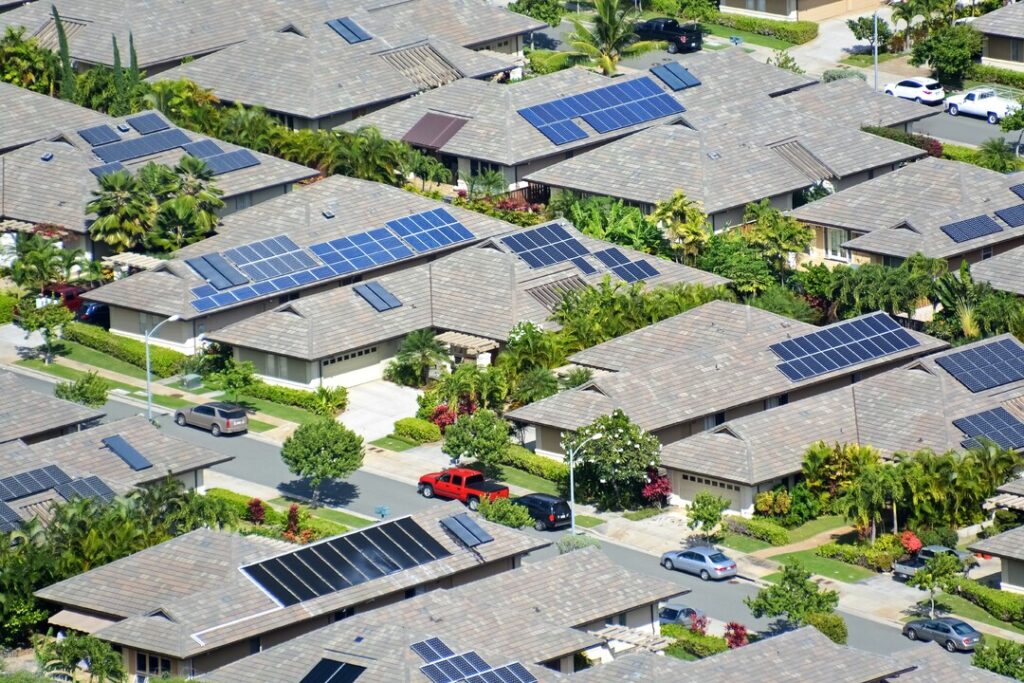
- Q: How tight is the product supply? What is the lead time? How do you think the continuity of demand in the future?
- A: From the perspective of delivery, it takes 2-3 months to start delivery after placing an order, one and a half months at sea, that’s an average order cycle of 3-4 months for delivery to Europe. From the point of view of user purchase, it takes an average of 3-4 months or even longer to install an energy storage system now, from paying the deposit to the installation company sending someone to install it. Demand is growing rapidly, but due to tight supply, the date promised by distributors and installers cannot be met, and then disputes happen. This year, the entire supply chain was unprepared because of the sudden increase in demand. The delivery time difference between Chinese manufacturers → distributors → installers → home users makes the supply of goods highly tense. The upstream cell factory did not expect such a boom. This tension lasted until September-October when everyone realized the strong demand, and we and our upstream are expanding production. The tension should ease a lot by the first half of next year. However, the growth of demand will be greater than the growth of supply. On the whole, it will still be in a state of tension, changing from high tension to medium-low tension, but it will not be as severe as it is now.
- Q: What is the development trend of the battery cell, inverter split mode, and all-in-one mode?
- A: In 2012-14, there was no concept of home energy storage. Inverter manufacturers only made on-grid inverters, and cell manufacturers made batteries for electric vehicles, buses, and telecom. Some countries have installed photovoltaic capacity to a certain proportion since 2013, requiring newly installed photovoltaics to be equipped with energy storage, and then inverter and battery manufacturers are matched with each other. This is the source of split type. Over time, the all-in-one concept (inverter, EMS, battery pack) came into being. Now the two models coexist, and the market share is almost half. In the long run, it is believed that the proportion of the all-in-one model may increase, but they will not replace each other, and the two models may coexist for a long time.
- Q: How do you think about the prices in the next half of the year and future?
- A: So far the prices are relatively stable. Since January, the price of energy storage battery packs has been rising, and we have also raised prices for two or three rounds, which is at least 20% higher than that at the beginning of the year, and some models are higher. There will not be much change in the next half of the year, and it will remain in a relatively reasonable price range. The tension will ease next year, but I don’t think it will be cheaper. From the perspective of supply and demand, the growth rate of demand will still be faster than the rate of production expansion, and it will still be in a state of tension in the future. The trend in the next year will be slow and will not go up too much, but it is almost impossible to cut prices.
- Q: What is the main sales channel?
- A: The mainstream is still distributors, who sell all-in-one machines, BMS, and packs to distributors. The distributors sell the products to installation companies, and the installation companies install them in the users’ homes. There are also large chain installation companies that purchase directly from Chinese manufacturers. 80% are sold through distributors, 20% are sold to large installers, and small and medium installers are handed over to distributors.
- Q: Are distributors and installation companies more important channels?
- A: Most of the distributors and installers installed on-grid inverters and photovoltaics before. The entire photovoltaic industry has been applied in Europe since 2004 and 2005. Over the past ten years, the suppliers of components and inverters have changed, but the installation companies and channels have remained the same.
